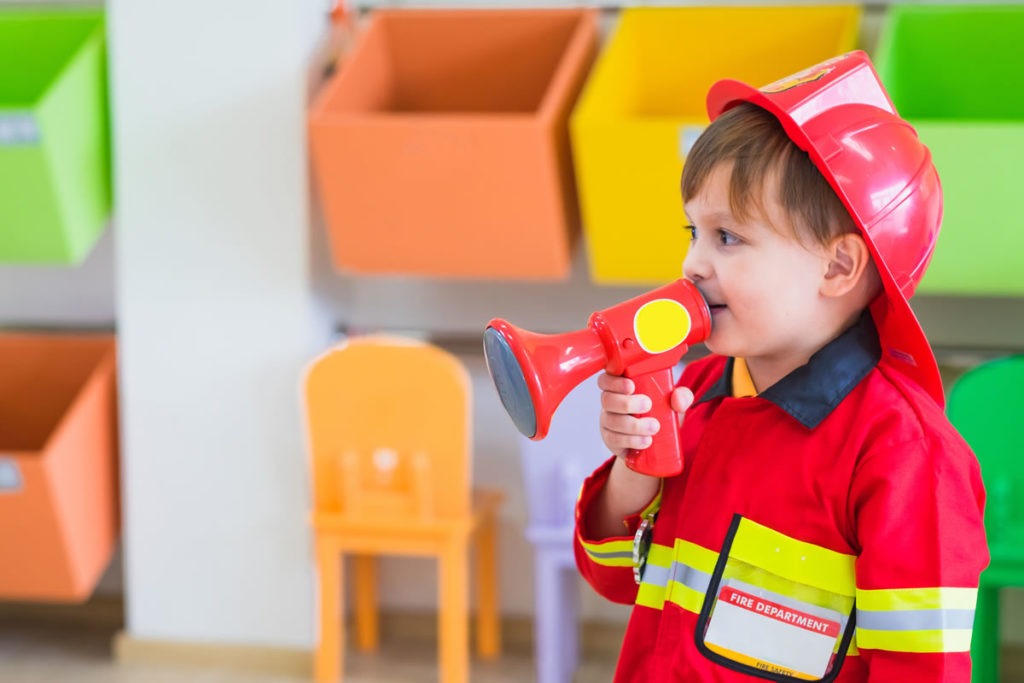Heroes are characters that literature has housed for centuries. And they are capable of reaching the depths of the heart of those who know them, especially children. It is children too, and it may not be something casual, those who do not know the barriers to travel to dreams, something that is much more complicated for adults. That is why the little ones admire heroes, because they are capable of doing unimaginable things , of surpassing themselves just to help others, which is not always easy to see in the real world.
Maybe that’s why, when we face difficult challenges in life, we turn to heroic stories to inspire us and try to find a way to cheer up and persevere , just like them, in the face of each and every obstacle on the way. . It may also be for this reason that children are much more resilient people than adults, because they still believe that heroes exist and are capable of achieving everything they set out to do.
Ultimately, heroes show us a way to overcome life’s challenges through the use of a wide variety of strengths and virtues, and their stories also show us that we cannot achieve great things in life unless we allow ourselves help out for others. A very important message, without a doubt, in a time when “heroes” seem to wear no capes.
What is heroism and its importance in childhood
What makes a person a hero? Is it something you’ve done? Is it a quality you have? Is it an effort or commitment? Heroes exist in practically all cultures, but a hero is not always understood the same. Heroes can consequently be more or less strange fictional characters, but this term is also often attributed to people who take heroic measures or act heroically . And it is that heroism has to do with the behavior, with the empathy and actions of certain people or characters in pursuit of a social good almost always. There are also a series of key values that can help us identify a hero or a person who acts heroically, such as that their action or behavior is voluntary, that helps groups, spaces or people in different ways, Take some kind of risk and not something for which significant rewards or gains are received (except for moral ones). That is why one of the non-fiction figures to whom the title of “heroes” is most often attributed are firefighters, highly admired by practically everyone and especially by children.

All children have a hero that they would be able to name … but not always of the same type. In addition to Thor, Spiderman or Superman, many children have sports figures or various celebrities as their heroes. For other children (albeit somewhat less common), heroes may be people who have made great strides in the world, such as Einstein or Leonardo da Vinci. Even many other children may be able to name one of their relatives, such as a mother, father or grandfather . But regardless of who that hero is, what is clear is that they are very positive role models for children.
How to work with the little ones on the theme of “heroes”
Too often, children, adolescents and adults see heroes as myths or legends instead of mere humans who manage to break down barriers, and this is a mistake, because doing it with real people can help the little ones to understand that generosity , commitment, responsibility or helping others and overcoming, are things that happen and that give color to the world. It is not a question of attributing “heroic” characteristics to certain people or groups to nullify their rights as real people, but of doing it so that they can inspire others and give hope to children about the power of self- improvement and the value of effort.
Parents and teachers can help a lot in this regard, working on this issue of heroism even from home, with tools and dynamics that serve to teach children and young people how to face and / or overcome the challenges that may arise in real life, just like fictional heroes. And to start working on this, a good way can be to talk with your children or students about what you understand by hero and from there to establish reconsiderations of its deeper meaning. We can start by explaining what the word hero means, and then brainstorm what qualities a hero could or should have . They can be characteristics such as courage, strength, intelligence or audacity …, among many others. The most important thing in any case, is to allow children also to share what they value in the people they admire or think about when answering.
We can also do this by following simple activities, such as watching movies with the family. During the viewing of them or at the end, you can talk about what strengths or virtues the hero of the film had, what challenges and obstacles he overcame, if he had assistants or not (the heroes’ assistants are often vital too, especially for its transformation), how it was transformed or if it did, strengths, etc. You can also use more traditional heroic stories to talk about certain strengths and values . And it is important that today’s children do not forget that, beyond movies, books are the places where we can find more heroes, even through the study of certain historical figures.

Ultimately, fictional heroes can be compared to real life figures, and this exercise is good to do because children and teens need real role models in order to move forward and successfully do so on their own life journey. And those heroes, those of flesh and blood, can be the best examples to inspire others in a better future.











































































































